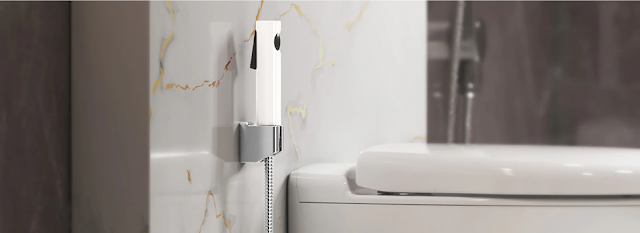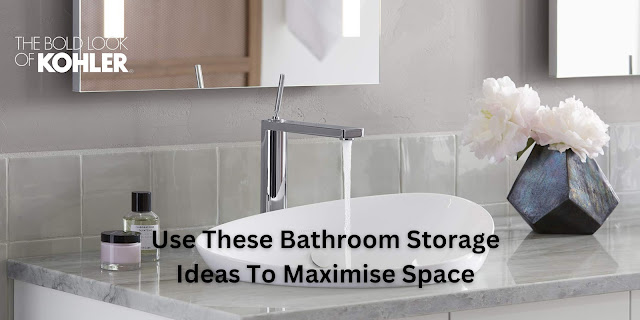Understanding the Mixer Tap: What Exactly Is It? in UAE
In the world of plumbing fixtures, the mixer tap stands as a fundamental component, especially in regions like the UAE. But what exactly is a mixer tap, and why is it such an indispensable fixture in modern kitchens and bathrooms? Let's dive into the details of this essential plumbing accessory, its various types, and how it fits into the UAE lifestyle.
What is a Mixer Tap?
A mixer tap, also known simply as a mixer, is a type of faucet that blends hot and cold water streams to achieve the desired water temperature. Unlike traditional taps, which have separate handles for hot and cold water, a mixer tap combines both streams within the tap body, allowing users to adjust the water temperature with a single lever or handle.
Benefits of Using a Mixer Tap
Convenience and Efficiency
One of the primary advantages of a mixer tap is its convenience and efficiency. With a single lever or handle, users can easily adjust the water temperature and flow, making it effortless to find the perfect balance for various tasks, whether it's washing dishes, filling a bathtub, or rinsing vegetables.
Versatility
Mixer taps offer versatility in terms of functionality and design. They are available in a wide range of styles, from traditional to modern, and can be used in kitchens, bathrooms, and even outdoor spaces. Some mixer taps also come with additional features such as pull-out sprays or swivel spouts, further enhancing their versatility.
Space-Saving Design
Another benefit of mixer taps is their space-saving design. With only one spout instead of two, mixer taps take up less space around the sink or basin, leaving more room for other accessories and activities.
Water Efficiency
Many mixer taps are designed with water-saving features, such as aerators or flow restrictors, which help reduce water consumption without compromising performance. This not only helps conserve water but also lowers utility bills, making mixer taps a cost-effective choice in the long run.
Types of Mixer Taps
Monobloc Mixer Taps
Monobloc mixer taps feature a single-body unit with a single spout and lever, making them easy to install and operate. They are suitable for both kitchen sinks and bathroom basins and are available in various styles and finishes to suit different preferences.
Dual-Lever Mixer Taps
Dual-lever mixer taps have separate handles for hot and cold water, allowing users to control each stream individually. This type of mixer tap offers precise temperature control but may require more space around the sink area.
Wall-Mounted Mixer Taps
Wall-mounted mixer taps are fixed to the wall above the sink or basin, offering a minimalist look and freeing up space around the fixture. They are commonly used in modern bathrooms and kitchens and are available in both single and dual-lever designs.
Choosing the Right Mixer Tap
When selecting a mixer tap for your UAE home, consider the following factors:
Material and Finish
Opt for a mixer tap made from high-quality materials such as stainless steel or brass, which are durable and resistant to corrosion. Choose a finish that complements your kitchen or bathroom decor, whether it's polished chrome, brushed nickel, or matte black.
Water Pressure
Ensure that the mixer tap you choose is compatible with your home's water pressure system. Some mixer taps require a minimum water pressure for optimal performance, so check the specifications before making a purchase.
Brand Reputation
Select a mixer tap from reputable brands like Kohler ME, known for their quality craftsmanship and reliability in plumbing fixtures.
Budget
Consider your budget and choose a mixer tap that offers the best value for money without compromising on quality. Remember to factor in installation costs if necessary.
Conclusion
In conclusion, the mixer tap is a versatile and efficient fixture that offers convenience, versatility, and style to any kitchen or bathroom. By understanding its benefits and choosing the right type for your needs, you can enhance your living space and enjoy the perfect blend of form and function.


Comments
Post a Comment